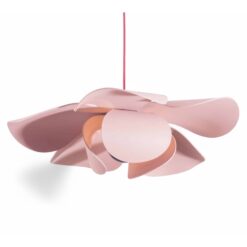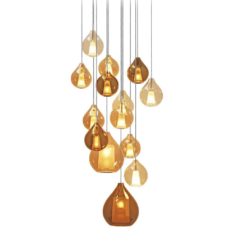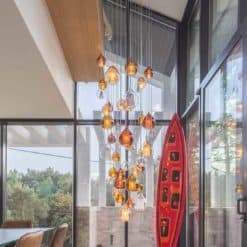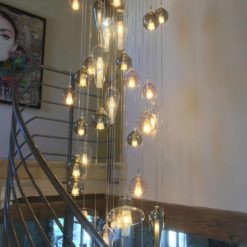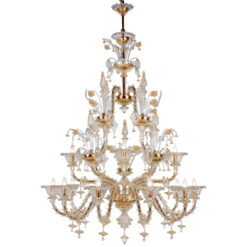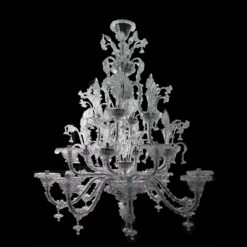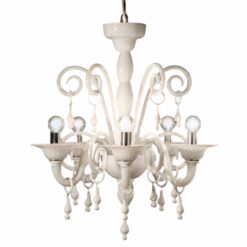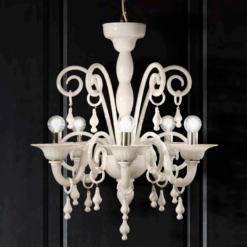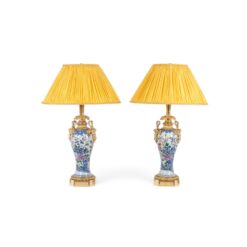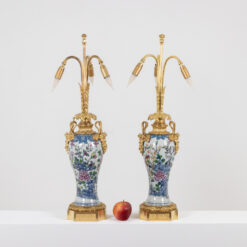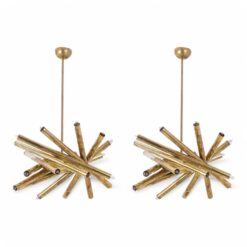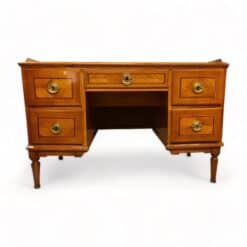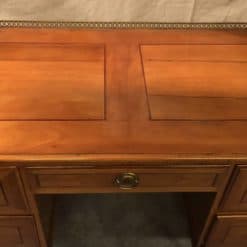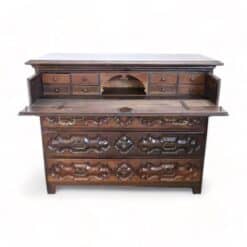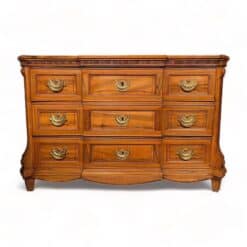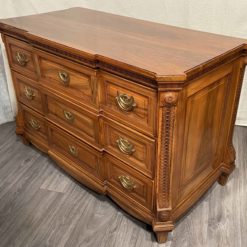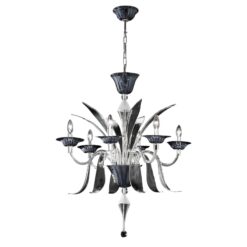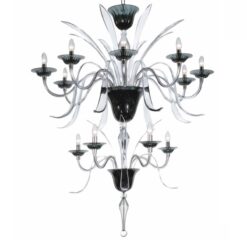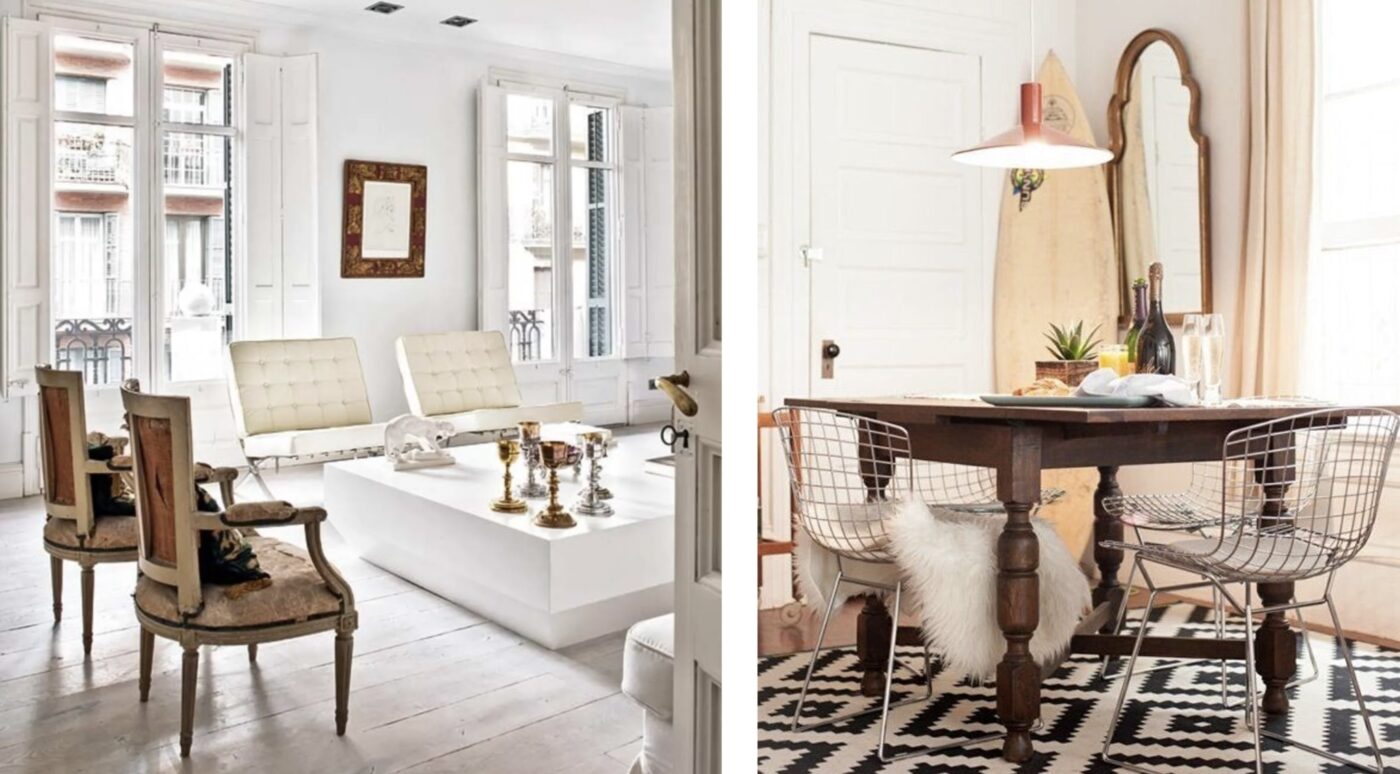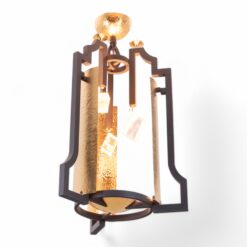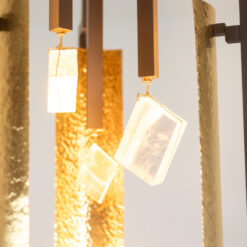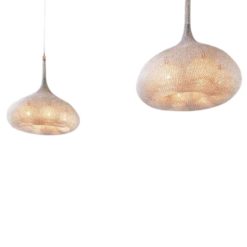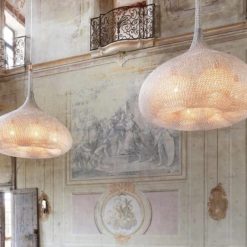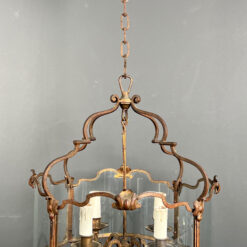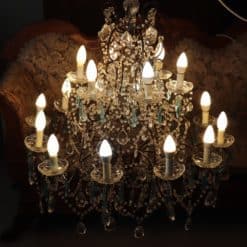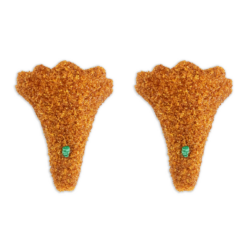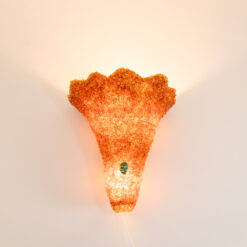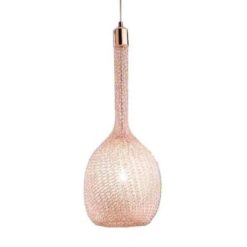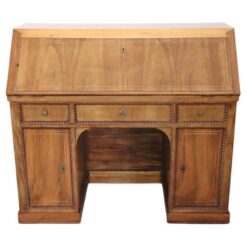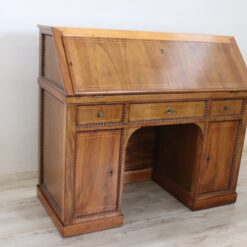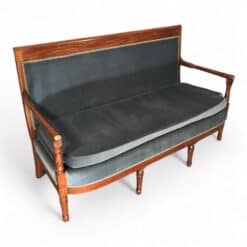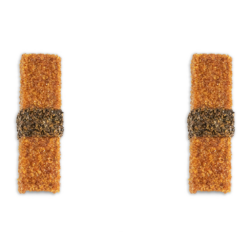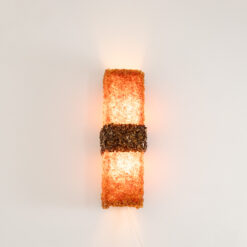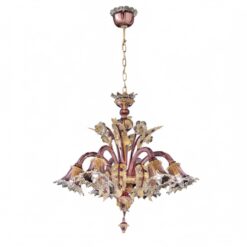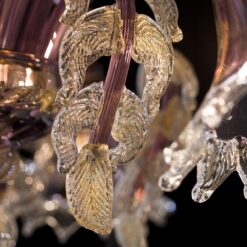Best Sellers
Furniture, How-To & Inspiration, Style
Antique Furniture in Modern Living Rooms: A Guide to Balance and Style
Why Antique Furniture, Modern Sofas, and Contemporary Lighting Work Beautifully Together
Blending antique furniture with modern sofas and lighting is one of the most effective ways to create a home that feels both timeless and fresh. While antiques bring craftsmanship, history, and character, contemporary pieces add comfort, clean lines, and functionality. When carefully combined, they create dynamic interiors full of personality.

If you have been wondering how to mix antique and modern styles, you are not alone. Designers and homeowners alike are increasingly drawn to interiors that celebrate contrast. Rather than committing to a single “period look,” today’s most stylish homes strike a balance between the old and the new.
In this post, we’ll explore why antique furniture and modern sofas complement each other, how lighting ties the look together, and practical tips for achieving harmony in your own space.
The Power of Contrast: Why Old Meets New Works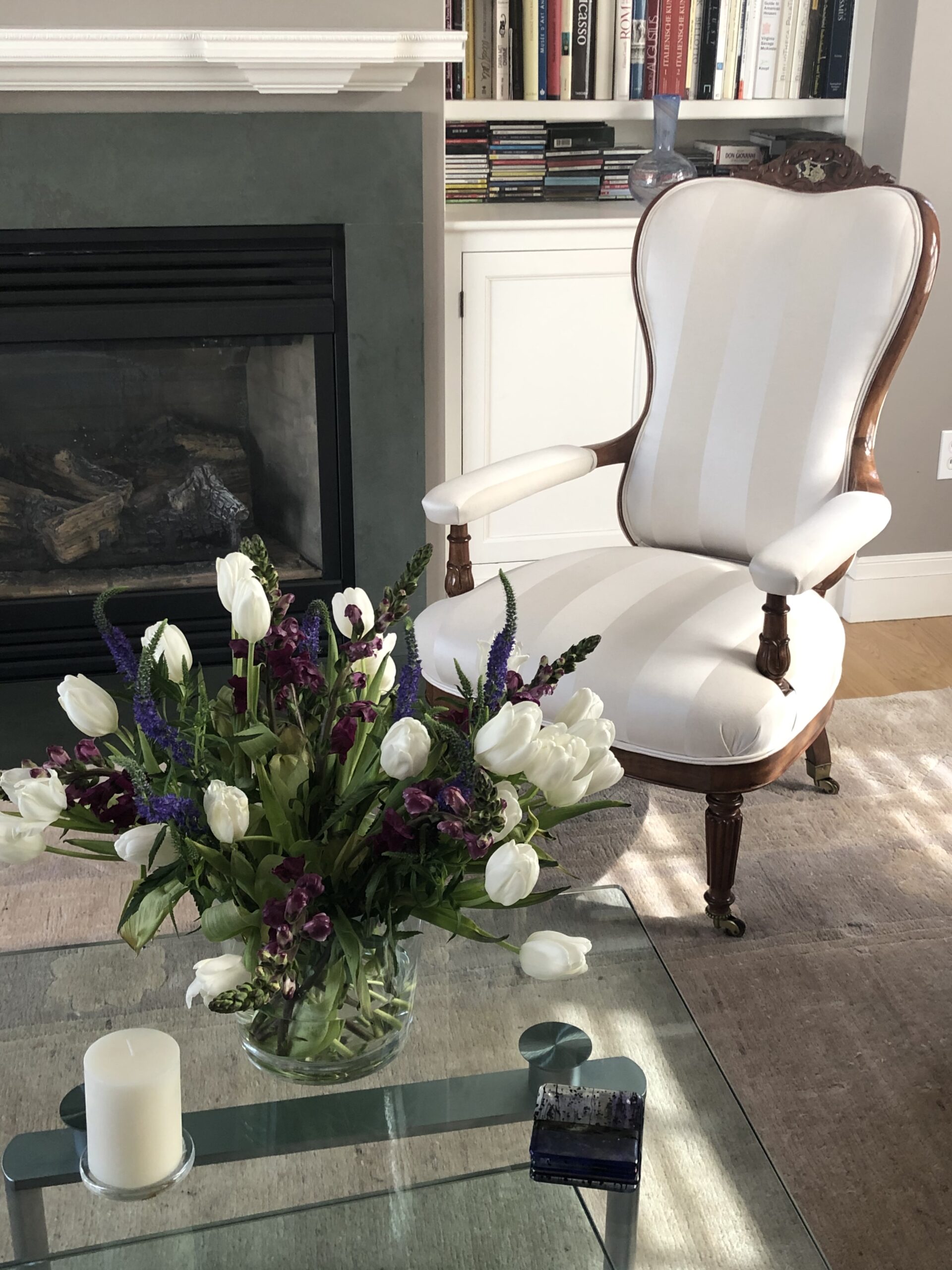
Pairing antique furniture with modern pieces works because of contrast. A sleek sofa next to an 18th-century commode highlights the beauty of each. The ornate carving of an antique table feels even more special when surrounded by minimalist décor. Contrast keeps interiors from looking flat or one-dimensional.
Antiques introduce visual depth and storytelling. Modern pieces, on the other hand, bring simplicity and comfort that balance ornate details. The juxtaposition creates interiors that feel curated rather than staged.
Antique Furniture as Anchors in a Contemporary Room
Antique furniture works beautifully as anchor pieces in modern spaces. A Biedermeier chest, a Louis XVI console, or a Baroque side chair grounds the room with history. These pieces stand out when surrounded by more neutral modern furnishings.
Unlike mass-produced items, antiques have unique patina and craftsmanship that draw the eye. They become focal points in an otherwise streamlined interior. When used thoughtfully, even a single antique can transform a modern room from ordinary to extraordinary.
Why Modern Sofas Complement Antiques
Sofas are often the largest pieces in a living room. Modern sofas, with their clean lines and versatile upholstery, provide the perfect backdrop for antiques. Their simplicity allows detailed antique pieces to shine without competing for attention.
For example:
-
A sculptural Empire armchair looks striking beside a contemporary sectional.
-
A velvet-upholstered mid-century sofa can highlight the warmth of a walnut Biedermeier table.
-
Minimalist sofas in linen or leather keep interiors from feeling crowded when antiques are introduced.
Modern sofas also offer practical comfort. While antique settees or salon chairs are beautiful, they were not always designed for today’s relaxed lifestyles. Combining antiques with a modern sofa allows you to enjoy both comfort and artistry.
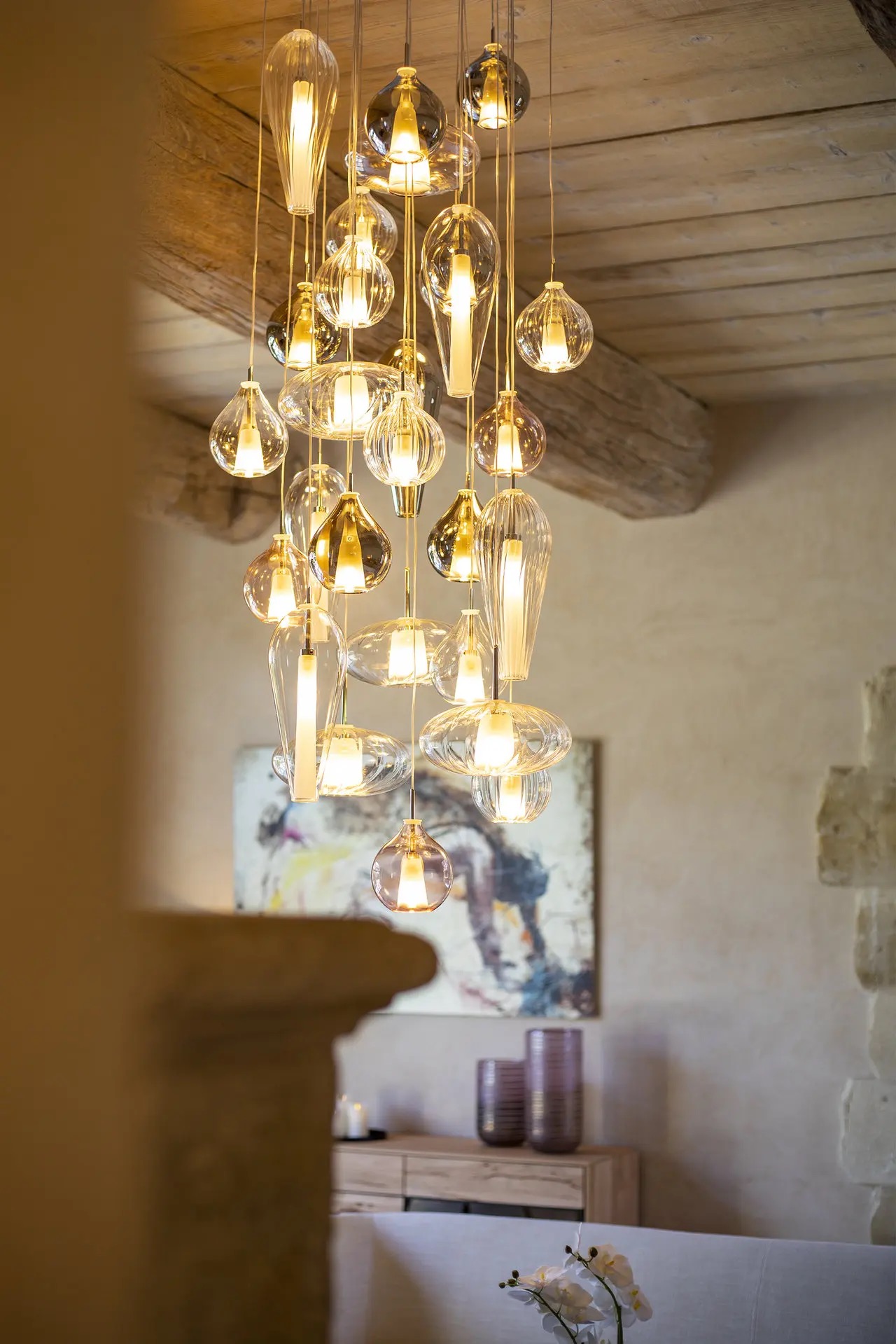
Lighting: The Essential Bridge Between Styles
Lighting is the unsung hero of interior design when it comes to mixing old and new. The right lighting can make antiques feel relevant and highlight their craftsmanship.
-
Chandeliers: Antique chandeliers add glamour, while contemporary fixtures introduce bold simplicity. Mixing the two creates striking balance.
-
Table lamps: A sleek, modern lamp on an antique side table instantly updates the piece.
-
Floor lamps: Minimalist lighting placed near antique armchairs gives them new presence.
Lighting also allows for flexibility. With dimmers and layering, you can create atmospheres that enhance the textures and finishes of antique furniture.
How to Balance Antiques and Modern Pieces
The key to blending antiques with modern sofas and lighting is balance. Here are some guiding principles:
-
Choose a focal point. Every room needs one hero piece. Let an antique table or a modern sofa lead, and style the rest around it.
-
Play with proportion. Avoid pairing a delicate antique chair with an oversized sectional. Instead, match scale thoughtfully.
-
Repeat materials. If your antique has walnut veneer, echo wood tones elsewhere in modern furniture or accessories.
-
Keep color palettes cohesive. Keep color palettes cohesive. Neutral backdrops—creams, grays, or earth tones—allow antiques to shine without clashing. At the same time, layering with wallpaper patterns and varied shades can add a unique, beautiful touch to a room as well.
-
Mix eras with confidence. A Biedermeier stool, a Bauhaus-inspired lamp, and a contemporary sofa can all work together when styled intentionally.
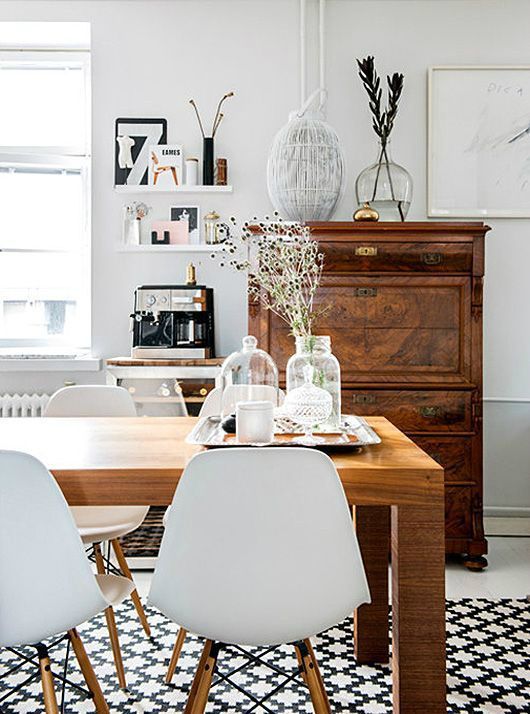
Examples of Styling Ideas
-
Living Room: Place a Biedermeier coffee table in front of a streamlined modular sofa. Add a modern floor lamp for reading light and let a gilded mirror hang above.
-
Dining Room: Pair a rustic antique table with minimalist dining chairs. Hang a contemporary chandelier overhead to bring freshness.
-
Bedroom: Use a sleek upholstered bed frame with antique nightstands. Add modern pendant lights instead of traditional lamps.
Each example shows how antiques enrich a room without overwhelming it, while modern sofas and lighting keep the space functional and contemporary.
The Sustainable Appeal
Beyond aesthetics, mixing antique furniture with modern sofas and lighting also supports sustainability. Buying antiques keeps existing pieces in use, reduces waste, and offers an alternative to fast furniture. Paired with modern designs, antiques can extend their relevance for decades to come.
Final Thoughts
Decorating with antique furniture alongside modern sofas and lighting is not only possible—it is one of the most stylish approaches in interior design today. By embracing contrast, balancing proportions, and using lighting as a bridge, you can create interiors that are elegant, comfortable, and entirely unique.
Whether you start with one antique accent or a complete collection, the magic lies in how you combine old and new. When done thoughtfully, the result is a home that tells a story—your story—through furniture that spans centuries.

